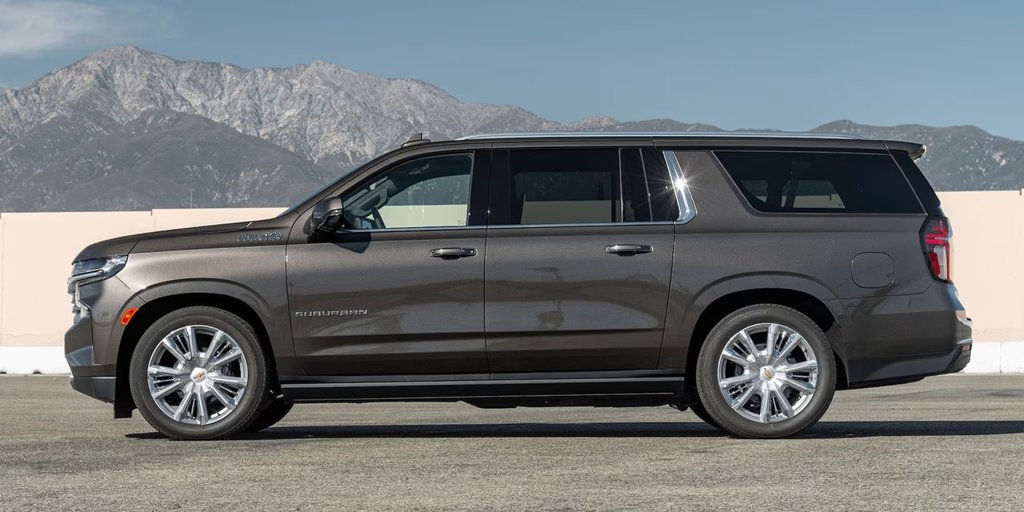When considering the purchase of a car, people encounter one of the most significant expenses they will make. This endeavor can appear daunting at any life stage, with early parenthood particularly complicating matters as one’s pre-childhood priorities are relegated to a secondary position. The emphasis in the car search shifts from aesthetics, horsepower, and audio systems to matters of safety, family functionality, and budget constraints.
Choosing a Family Car

Commence the process by determining the appropriate size of the vehicle. SUVs are highly favored by families due to their adaptability and elevated road clearance, compared to conventional cars. This vehicle category offers a diverse selection of shapes and dimensions, ranging from compact with four seats to larger eight-passenger models. It’s essential to select a vehicle that can accommodate the family’s growth over time.
While SUVs are admired for their additional seating capacity, not all vehicles within this category are equal in terms of car seat accommodation. Consequently, it’s prudent to consider the number of seats required for buckets and boosters before embarking on serious shopping.
There Are Many Car Innovations to Consider

Since all vehicles produced after September 2002 are equipped with child safety seat anchors, it’s important to verify the presence of anchors in the required seats before making a purchase. If a vehicle with a third row is being considered, children in forward-facing car seats can legally occupy these smaller rear seats only if tether anchors are available. These anchors may be found on the back, under or within the seat, on the floor, or even on the ceiling.
Most vehicles come equipped with cloth-covered seats, which are budget-friendly. However, those who plan to keep their vehicles for an extended period of time should consider upgrading to a more sophisticated and easily cleanable material.
Car manufacturers have innovated in optimizing storage space. Numerous new models feature rear and third-row seats that can be configured in various ways to accommodate cargo. Some can be folded flat into the trunk with the push of a button, while others require more effort and potentially remove a car seat. Testing these options during a test drive, including fitting a stroller or car seat, is advisable.

Recent years have witnessed rapid advancements in safety technology, making it an opportune time to purchase a new car. Back-up cameras, parking sensors, and blind-spot warning systems are among the technologies enhancing driving safety. While backup cameras are now standard, other safety features usually require additional payment. Features such as automatic emergency braking and adaptive cruise control can significantly enhance safety during driving. Blind-spot warning systems, which notify drivers of vehicles in their blind spots, are particularly favored.
Car manufacturers also offer features like integrated seat-back tablets, DVD players, and wireless headphones. Some family-oriented vehicles even incorporate onboard vacuum cleaners, wireless phone charging pads, and sound systems that respond to gestures. Practical considerations should focus on the availability of sufficient USB charging ports and systems compatibility.